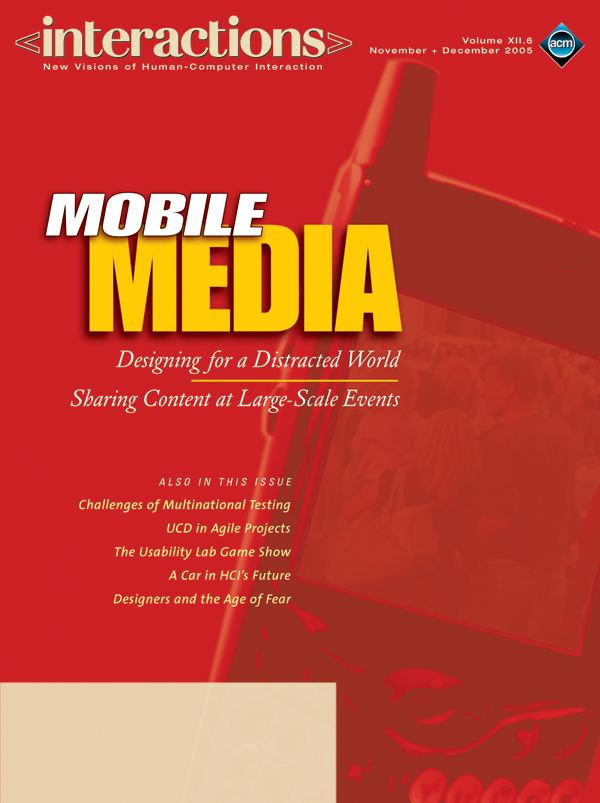Authors:
Jonathan Lazar, Jeff Johnson, Harry Hochheiser
Designing user interfaces to technology is a political act. It is political because it influencessometimes even determineswhat people can and cannot do. For example, since the days of Mosaic, Web browsers have included an option for viewing the HTML source for a Web page. Including this feature was arguably a political and public-policy decision: It created a more open and inclusive Web. Human-machine interface issues play an important role in a variety of public policy discussions. For example: Accessibility. In the US, Section 508 of the Rehabilitation Act requires the federal government to purchase or develop technology that is…
You must be a member of SIGCHI, a subscriber to ACM's Digital Library, or an interactions subscriber to read the full text of this article.
GET ACCESS
Join ACM SIGCHIIn addition to all of the professional benefits of being a SIGCHI member, members get full access to interactions online content and receive the print version of the magazine bimonthly.
Subscribe to the ACM Digital Library
Get access to all interactions content online and the entire archive of ACM publications dating back to 1954. (Please check with your institution to see if it already has a subscription.)
Subscribe to interactions
Get full access to interactions online content and receive the print version of the magazine bimonthly.







Post Comment
No Comments Found